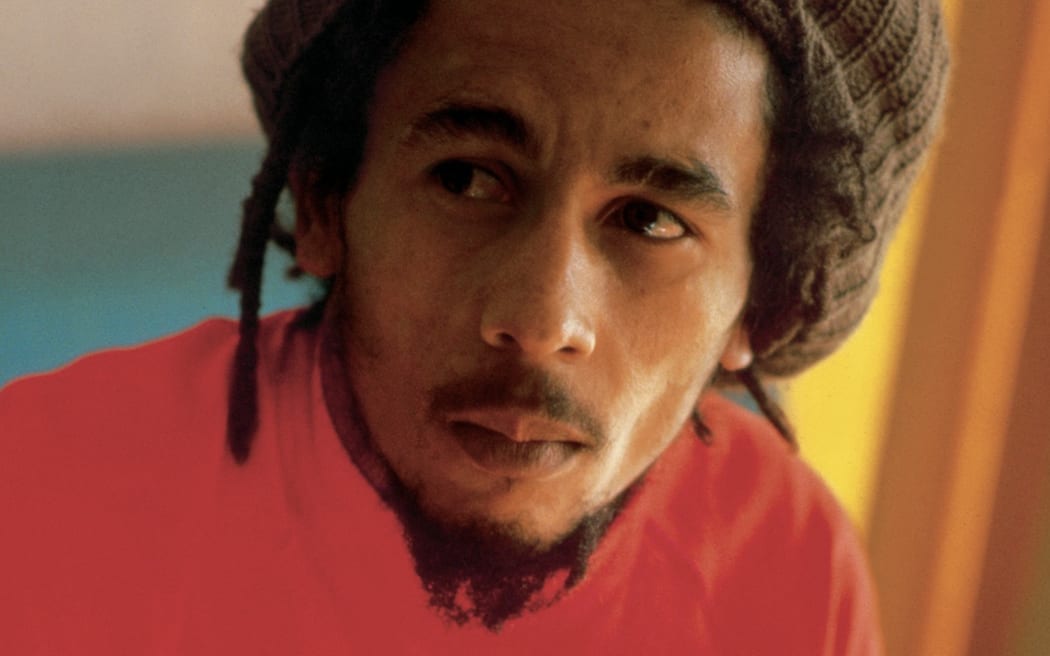
Images from Kate Simon's book 'Rebel Music: Bob Marley and Roots Reggae.' Photo: Kate Simon / Genesis Publications
Every photographer needs their muse, and for Kate Simon, Bob Marley has proved a lasting one.
Simon is known for her photographs of influential musicians, artists and writers, including Marley, The Clash, Patti Smith, Madonna, Queen, Led Zeppelin, Andy Warhol and William S. Burroughs.
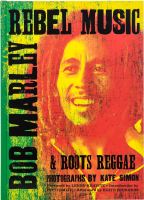
Rebel Music: Bob Marley & Roots Reggae book cover Photo: Kate Simon
Musicians and artists respected her and her work - especially Marley, who used her photos for the front cover of his 1978 album Kaya.
Simon's reggae work is now collected in the book Rebel Music: Bob Marley and Roots Reggae by Genesis Publications.
Music 101's Charlotte Ryan spoke to Simon about how this relationship was formed - and what the reggae legend was really like.
"I liked him so much and we really liked one another but he wasn't about small talk, Bob. He was really serious. He was about his music."
Simon was working as a staff photographer for the publication Sounds at the time and managed to meet Marley thanks to a friend.
"I first met him backstage after he did a string of dates at the London Lyceum in 1975.
"The show, it was astounding. It was the shows from which the album Live! is based with that same rendition of 'No Woman, No Cry.'
"We had an instant sort of good vibe. He met me through a friend of his, so that was a good way to meet him.
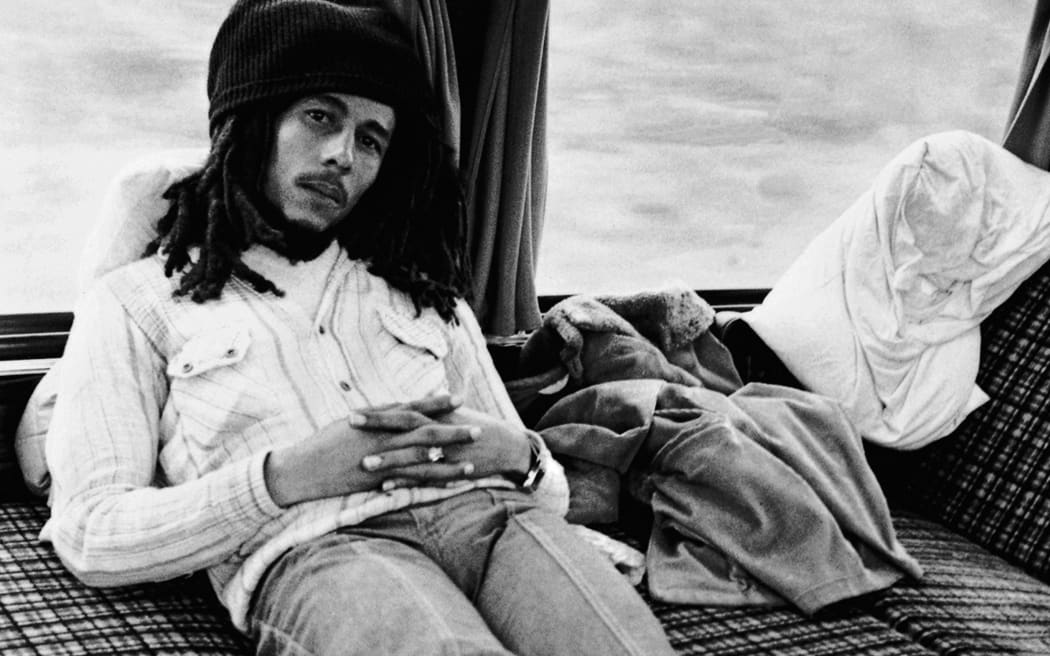
Images from Kate Simon's book 'Rebel Music: Bob Marley and Roots Reggae.' Photo: Kate Simon / Genesis Publications
"I shot him live, really effectively that night, They're some of my favourites and then I shot him offstage, some great shots offstage too, great shots."
A big part of the photographer's relationship with a musician is capturing their sound in still form, and Marley proved to be very photogenic, as his lasting image decades over his death has proved.
"You know, Mick Jagger moves too much, I mean there you have a real problem as a photographer, I mean, speaking from experience. He just moves so fast that it's quite difficult. I'm slightly kidding but it's so true.
"I would say that Bob, the way he moved was really beautiful … the way he moved was really balletic, almost, it was really, really visual."
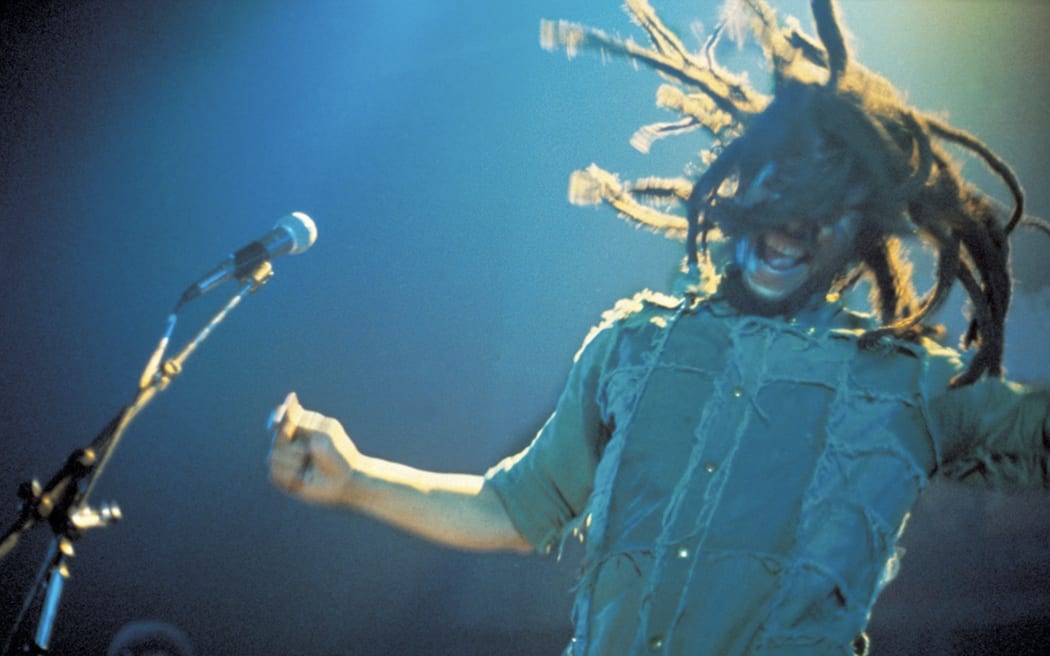
Images from Kate Simon's book 'Rebel Music: Bob Marley and Roots Reggae.' Photo: Kate Simon / Genesis Publications
Simon felt that she developed a bit of a friendship with Marley as she photographed him over several years before his untimely death in 1981.
"Me and Bob, I think we were a good team. We had a good rapport and I think that Bob trusted me and he gave me really great photographs."
Marley understood the value of a good image, she said.
He was a bit "like (author) William Burroughs, who I shot for 20 years, who really understood what was needed and what was going on when you were taking his portrait," she said.
"Bob definitely respected and knew the dynamics of being photographed and taking it seriously that a photographer is trying to capture a good photograph of him. He was a great, great subject."
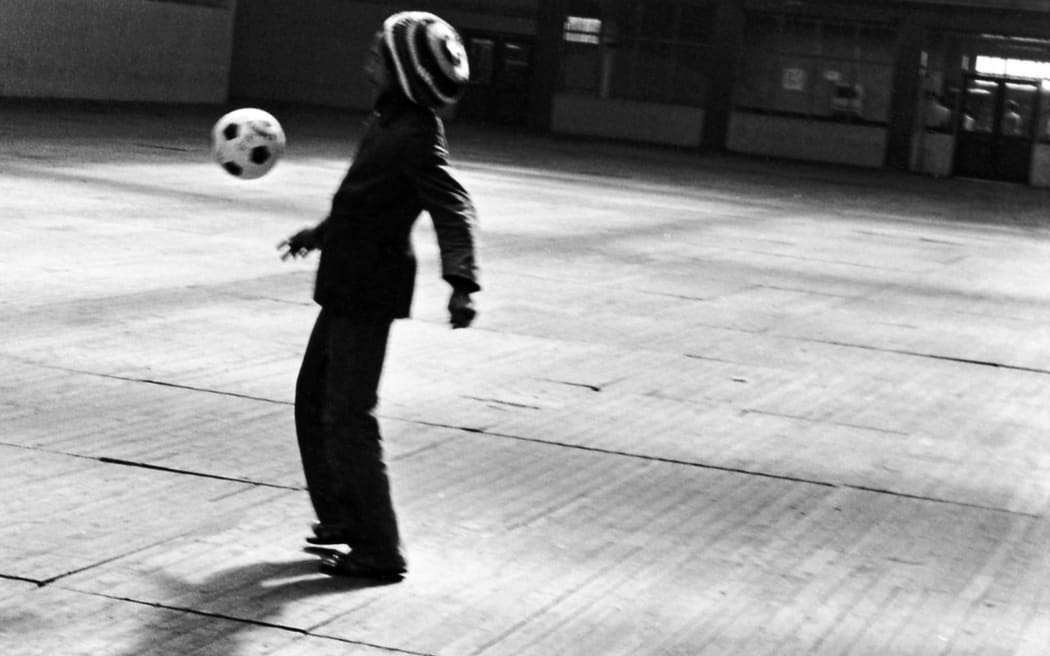
Images from Kate Simon's book 'Rebel Music: Bob Marley and Roots Reggae.' Photo: Kate Simon / Genesis Publications
Simon photographed countless shows and sound checks as well as more intimate photos of Marley offstage, and even photographed his funeral in Jamaica.
"When Bob passed away he was only 36. I was on the road with him in the Exodus tour, he was 32 years old.
"Remember he'd already made Catch A Fire, Burnin', Natty Dread, Rastaman Vibration, Exodus, Kaya.
"I mean, this man was an incredible creative spirit. He'd already made all of those incredible - he'd written all of those songs and all of those melodies when he was in his 20s, I'd assume."
"I was just very determined to go to his funeral because of my friendship with him and my respect for him.
"It was like a New Orleans funeral because everyone was booming Bob's music the four-hour drive from Kingston to St Ann. They were all celebrating his life."
She said the reggae scene in Jamaica when she photographed it was at its peak with musicians like like Peter Tosh, Bunny Wailer, Lee "Scratch" Perry and many more all busily making music.
"Jamaica when I first went down there in 1976, it was a photographers's dream. It was such a nexus, such a centre for art and creativity."
"This was an astounding movement in time vibrationally and musically in Kingston, Jamaica culture."
Many of the pictures from that time are in her book.
"I think we did a good job selecting the best ones. I'm pretty happy with that."
Rebel Music: Bob Marley and Roots Reggae is available now.

